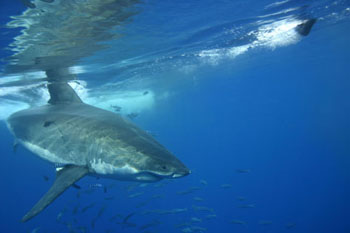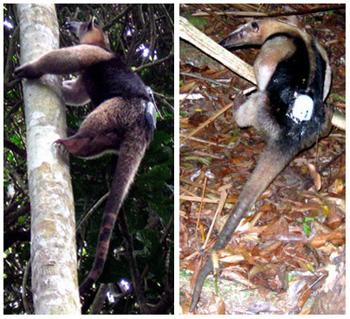Applications of Biotelemetry for Ecological UseEcology is "a branch of science concerned with the interrelationship of organisms and their environments." (Citation a10) Ecologists gather data on these interactions and use them to better our understanding of the natural world. However, in order to best understand the effects the environment has on the organisms, ecologists must have live, reliable data as to the locations and physiological conditions of the animals under study. With the use of biotelemetric devices, ecologists can receive data about their subjects over long distances and over long periods of time. Biotelemetric devices for use in ecological studies usually differ from those used in medical and animal studies in that the complexity of data is less important than the range of the data. Because more complex readings require more battery than simple data acquisition, products that are used to measure multiple variables like blood pressure, blood flow, and heart rate often lack the capability to transmit over long distances or to last for long periods of time. There is a trade-off between complexity of data and the range that data can be transmitted. Most ecological biotelemetry products offer only location and heart rate data, that are usually relayed using satellites or stored on the device and retrieved later. (Citation b1) A multitude of ecological studies involve biotelemetric devices which are either implanted in or carried by the animal. For example, the Laboratory of Biotelemetry at the University of California, Davis utilizes devices primarily from Lotek and Vemco (see innovators page) to track the location of subject animals in order to collect data about the subjects. (Citation a3) One such application of these devices is a study about the movement of sharks within their own school with reference to the other sharks. The Biotelemetry Laboratory of the University of California, Davis conducted a study to determine the mechanics of shark movement within schools. They tagged great white sharks with acoustic transmitters which allowed the research team to better track the individual sharks. For additional information please click here. (Citation a12) Another study currently being conducted by the Laboratory of Biotelemetry at the University of California, Davis is a study about the tamandua anteater. Very little is known about the movement habits of this species of anteater. It is critical to gain more knowledge about them to better plan for conservation of this species in the future. The tamandua anteater has a tracking unit, based on a global positioning system, glued to its lower back. This unit relays its position to an array of 740-m tall towers which allow for live tracking of the subjects. Currently the project is short of its goal of tracking 20 anteaters, with data having been only collected from five anteaters. For additional information on this ongoing project please click here. (Citation a11) |
This is an example of the kind of studies the University of California, Davis Laboratory of Biotelemetry performs using biotelemetric devices. (Citation d2)  Above is a photograph taken by the University of California, Davis research team at the island of Guadeloupe. (Citation a12)  Above are photographs of a tamandua anteater with a tracking device attached. (Citation a11) |